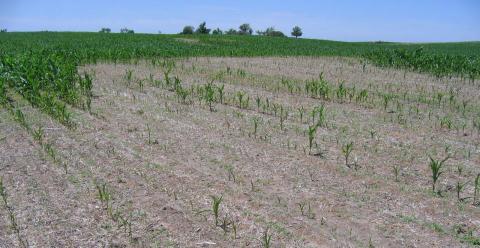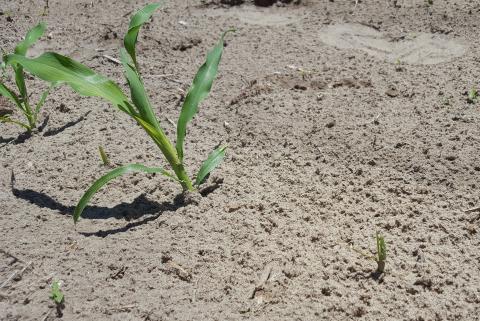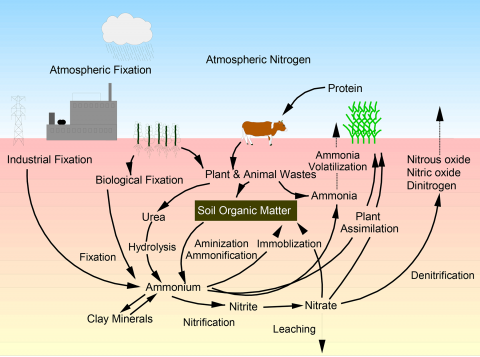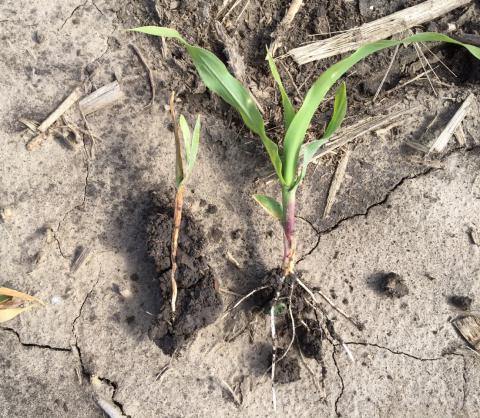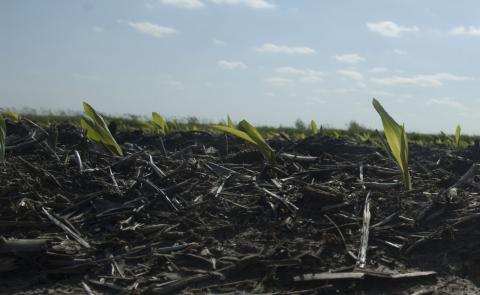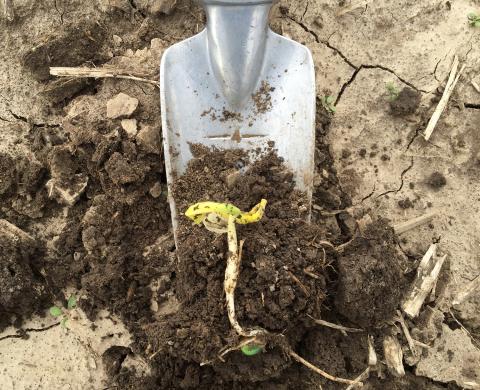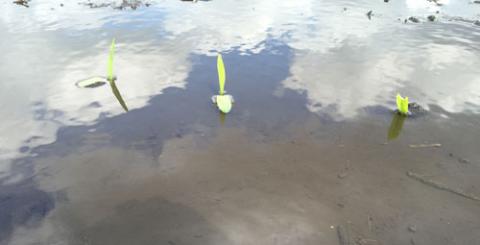Resistant Palmer Amaranth Management Field Day at Shickley
Nebraska Extension will be hosting a Resistant Palmer Amaranth Management Field Day Tuesday, July 12, near Shickley to demonstrate control options in corn. Keynote speaker will be Jason Norsworthy, professor and endowed chair of Weed Science at the Unversity of Arkansas. Norsworth has documented eight herbicide-resistant weeds in Arkansas, including glyphosate-resistant Palmer amaranth.
Corn Nematodes: Scout Sandy Soils Now, Other Soils Any Time
This year nematode damage in some Nebraska fields may be masked by the ample rainfall we’ve received, but rest assured, these plant parasitic nematodes are still there in almost every field. Their impact ranges from no obvious sign to severe crop injury and tremendous yield loss.
Seedling Diseases Continue to Develop in Nebraska Corn
Q&As: How much N is Left? Do I Need More Starter When Replanting?
Well, it seems not much has changed since the last article I wrote on nitrogen (N) management a few weeks back: more rain, more to come, and more uncertainty with regard to N. So, what do we do now and why I am not worried about the other nutrients? Why is it always about N?
Seedling Diseases Developing in Corn
Why are Emerged Corn Seedlings Yellow?
Q and A: Should I Keep My Initial Corn Stand or Replant?
How Saturated Soils Affect Germination, Seedling Growth
Similar to last year’s heavy rains in early May, rain on May 9 and May 10-11 in portions of Nebraska have caused ponding and flooding across some fields. As of Sunday, May 8, USDA-NASS reported that 57% of Nebraska's corn was planted that is behind the 71% planting progress in 2015 but close to the
